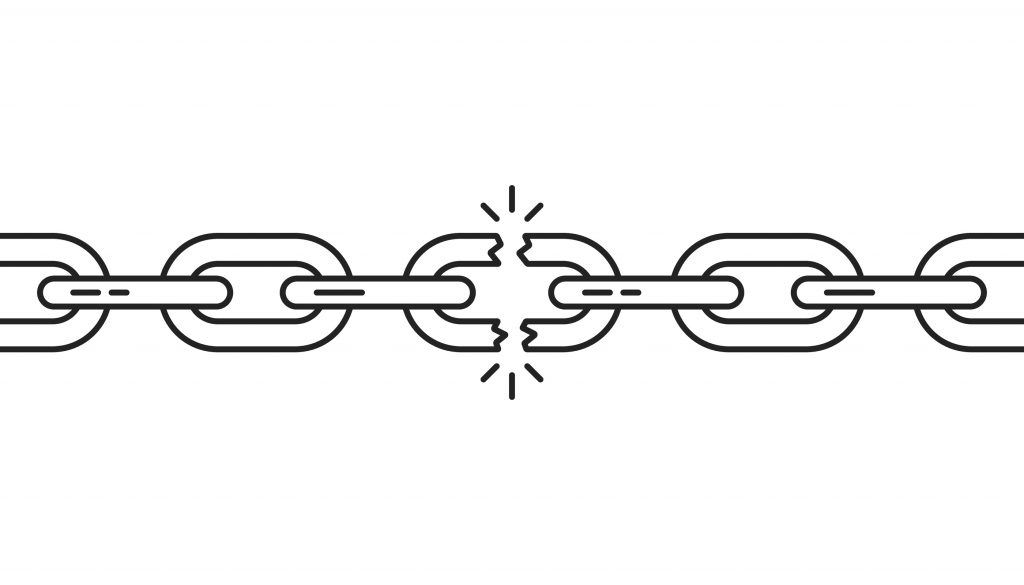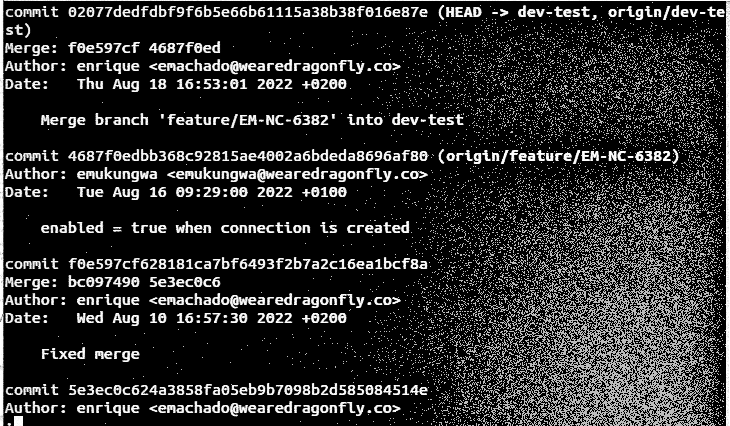WHY ZEPHYR IS USEFUL ON AN AGILE PROJECT DASHBOARD?
Before explaining the importance of a Zephyr dashboard on an agile project, we must know what the requirements are for the perfect agile environment. The most important concepts that define today’s software world are the speed of keeping up with change, complexity and uncertainty about the future. Therefore, this agility is a form of management used to turn these problems into efficiency. It is derived from constantly adapting to change, addressing complexity with simple and faster solutions, and trying to minimise uncertainty by determining a path forward based on previous experiences.
So, to catch up, agile environment teams should have some tools that support the requirements. Zephyr is one of them, it is a Jira plugin that can be easily integrated into Jira projects. It facilitates the control of the test stages by handling the test management processes of the projects in the context of quality. Zephyr enables you to control this agility by bringing together all the different aspects of test management and development processes. To explain the benefits of the Zephyr in combination with an agile project management dashboard, we can consider it through three main topics.
DOCUMENTATION: Solution of Complexity
An agile dashboard simplifies test management capabilities for any Jira project. When using with Zephyr, test cases can be created in Jira and executed as needed or as part of a test cycle. It is simple to access tests by customising each test separately with priorities the tests or adding components and labels to group them.
As for testing strategies, there can be cycles according to each release or each sprint. Under each cycle testers can put the test cases inside specific repositories (user stories). The test cycle allows us to see a very well-organised structure. This helps for a fast execution by the testers as it reduces manual effort for the team. During the cycle, testers can easily see the status of the executions – which tests are passed, which tests are failed in the release cycle and who is assigned to the tests. All of them are dynamically visible for everyone, which ensures real-time collaboration.
An important element of agile projects is that teams should always be open to change. If all activities are not managed and tracked, things will become chaotic, and it can also affect outputs. To avoid such situations, the documentation plays a huge role to centralise the testing.
VISIBLE HISTORY OF TESTS: Adaptable to Changes
In Zephyr, one of the most useful features is assigning the related tickets to any of the test cases. Why is this so important? As we know, tests are created for each possible case for a created feature. Whenever there is a bug after the execution, testers can assign them to the related tests. This allows for better understanding for any person in the team when they see the steps of an issue. Within each test case, it is clear what is blocking that test, what is the main story etc. Briefly testing activities will be less complicated and more visible when there are those related tickets.
For the projects that are managed with agility, any time the requirements can be changed, so the tool should always keep up with this. With Zephyr it is very simple. If the requirements change, testers can easily integrate the changes to the tests. Also, on each ticket the history part shows the changes with the date and the name of the person who made the changes – which is important to track the integrations.
On the other hand, each test can be used for any story, any sprint or any release. That allows a reusability of the test cases.
Briefly, each test case has the history of the execution list, this is an additional part to see overall each execution of the specific test, so a tester can know the test failed in which cycles/releases/sprints. Selecting the improvements and analysing the failures will take your project to another level of quality.
METRICS AND REPORTS: Minimising the Uncertainty
In an agile environment, the reports are very important for determining the ways to be followed up in the future. Zephyr A Zephyr dashboard automatically provides daily execution progress, test executions (by Test Cycles or Testers), number of executions per day, and many customisable details according to the selections.
As an agile project tool, it should be convenient for the team for managing results, monitoring and reporting. The reporting capabilities of Zephyr is well-structured. For instance, a report can be created to provide a complete end-to-end view or get the visibility you need with ready-to-use reports and customisable dashboards. They are updated in real-time, with all the desired information, from manual to automated testing.
For each sprint these reports will be useful to determine what should be fixed, improved or created for future sprints. This reduces the uncertainty of future work to help maintain agility.
Overall Zephyr is one of the most used test management tools that assures control and visibility for testers, automation engineers, scrum masters and product owners. Zephyr is not only providing continuous agility and efficiency for the team, but also helps to deliver at a higher quality and releases to be faster than expected.
Last but not least, our product neuro integrates with Zephyr, as well as other tools like Cucumber, Jenkins, X-Ray and base Jira – so you can see all your test management information in one place!A



